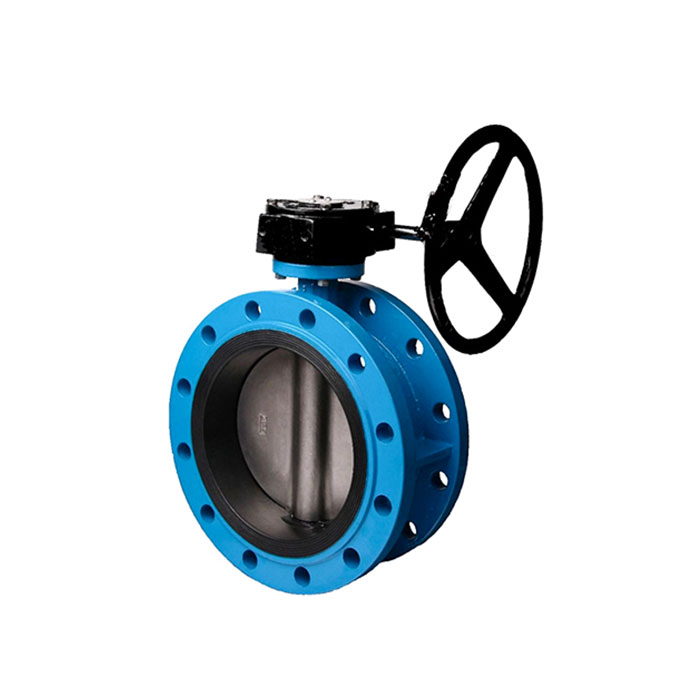What is the Material Identification Method of Butterfly Valve?
Nowadays, due to the development of science and technology and the advancement of materials, the materials used to manufacture butterfly valves are becoming more and more diverse. When a user chooses a butterfly valve, the material is often an important indicator for his consideration. So, without relying on the instructions of Flange Butterfly Valve Supplier, how can users identify the material of the butterfly valve by themselves?
DIN2501 Flange Butterfly Valve
1. Chemical and spectral analysis
The use of chemical analysis to determine the content of various elements in butterfly valve materials has been a long-standing method, and this method can be said to be very reliable based on long-term use. The spectral analysis means that the material of the butterfly valve emits spectrum under high temperature and high energy excitation, so the material of the butterfly valve can also be determined by spectral analysis.
2. Spark identification
When grinding metal materials, sparks are often generated due to intense friction. The identification of the butterfly valve material is based on this method, polishing it, and identifying the composition of its material by distinguishing the characteristics of its sparks.
3. Section
Cutting the butterfly valve sample, the color and grain of the cross-section can distinguish the content of various elements in the valve material, but this method often requires people with certain metal material manufacturing experience to do it.
Non-metallic materials commonly used in butterfly valves
1. Nitrile rubber
Nitrile rubber is generally used as the seat material of butterfly valves, and its temperature resistance is not very good, so the manufactured butterfly valves are generally not used in high temperature environments. But the abrasion resistance and deformation resistance of nitrile rubber are very good.
2. Ethylene propylene rubber
The temperature range of ethylene-propylene rubber is similar to that of nitrile rubber, but the upper temperature limit is ten to twenty degrees higher than that of nitrile rubber. It is also mainly used as a material for the seat of butterfly valves. Its advantages are good insulation performance, excellent ozone resistance, and no reaction with inorganic media. Therefore, butterfly valves made of ethylene-propylene rubber are generally used for water and alcohol pipeline transportation.
3. Polytetrafluoroethylene
PTFE has excellent temperature resistance and strong resistance to chemicals, which is commonly known as strong corrosion resistance. However, due to the special needs of some butterfly valves, PTFE will be improved and its insulation properties will be cancelled, so that the insulation properties of PTFE cannot be guaranteed.
Our company also has DIN2501 Flange Butterfly Valve on sale, welcome to contact us.


Comments
Post a Comment